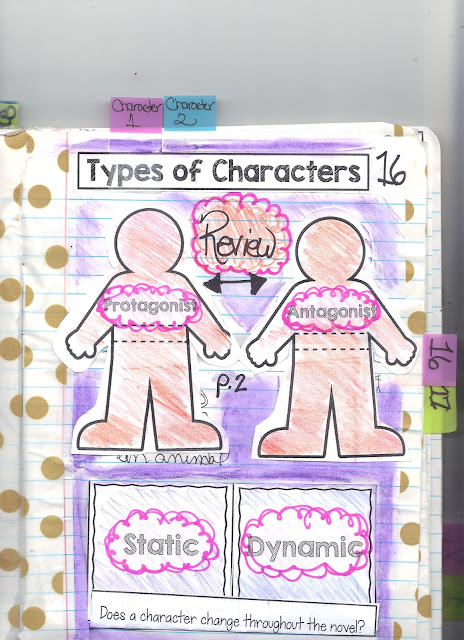Interactive Notebook Direct Vs. Indirect
Page 18 Right Side of Notebook
http://prezi.com/gpwekor_tdie/?utm_campaign=share&utm_medium=copy
Use the Literary Terms Glossary labeled LITERARY HANDBOOK in the back of Prentice Hall Literature Language and Literacy Book on your desk.
DIRECT and INDIRECT Characterization are defined under CHARACTERIZATION.
Direct Characterization: The author directly states the character's traits or characteristics.
Indirect Characterization: The author indirectly depends on the reader to draw conclusions about the character's traits. The author can achieve this by telling what other characters in the story say and think about another character.
http://prezi.com/gpwekor_tdie/?utm_campaign=share&utm_medium=copy
Character Traits are WORDS (usually adjectives) used to describe how a character acts during the story or work of literature. Think Personality traits...these traits are often viewed as GOOD OR BAD TRAITS.
Happy Reading & Writing☮
The Things You Can Read!
Believe In Truth, Beauty, Freedom, Love, and the Power of Books & Writing!
 |
| Don't Forget To Be Awesome! |
ABOUT THE AUTHOR:
I am an educator with over 25 years of teaching experience; I currently teach English in the public school system of Virginia. In my spare time, I am an avid reader. writer, reviewer, blogger, writing/art journaler, beekeeper, grad student, and MOTHER. - See more: Here












